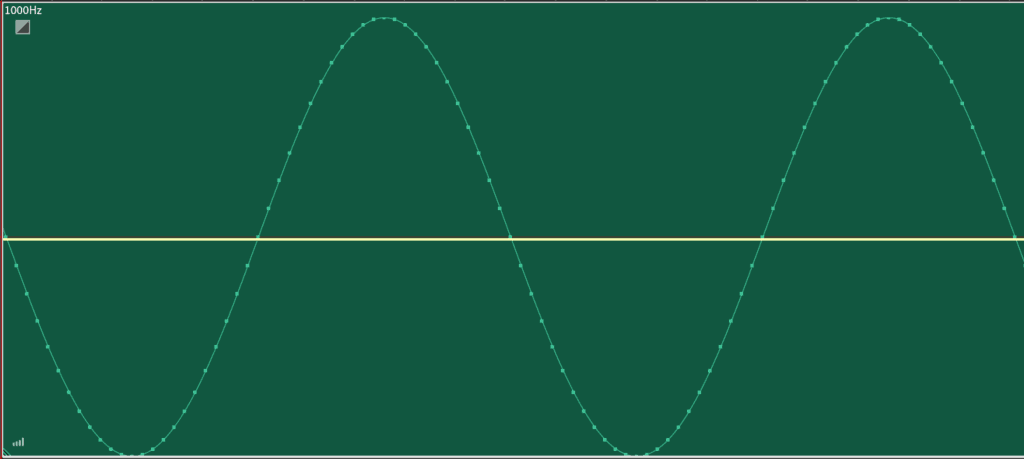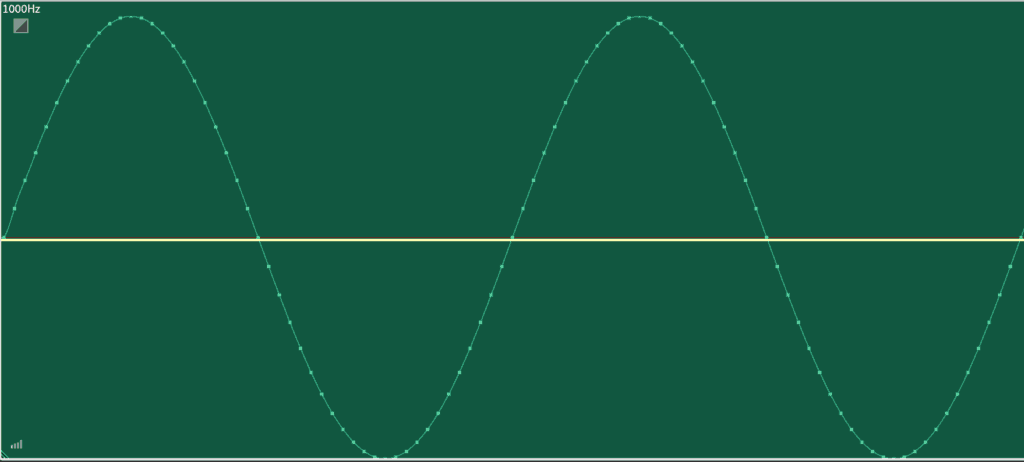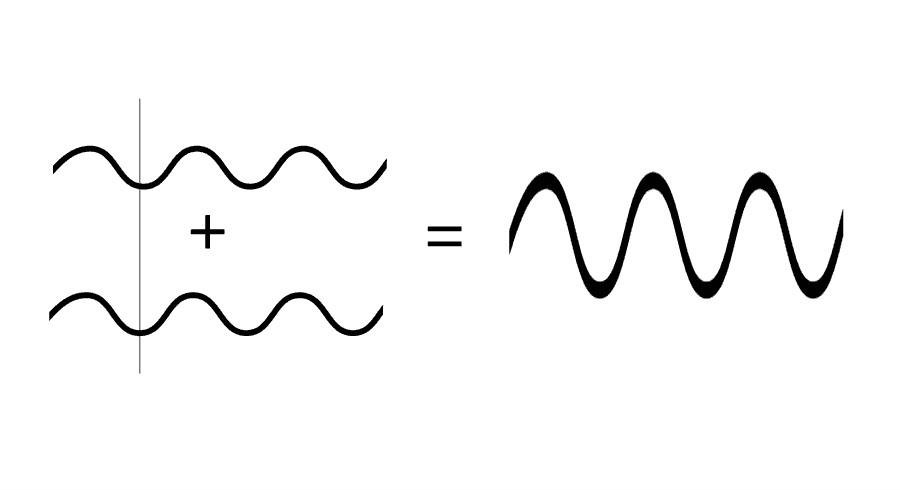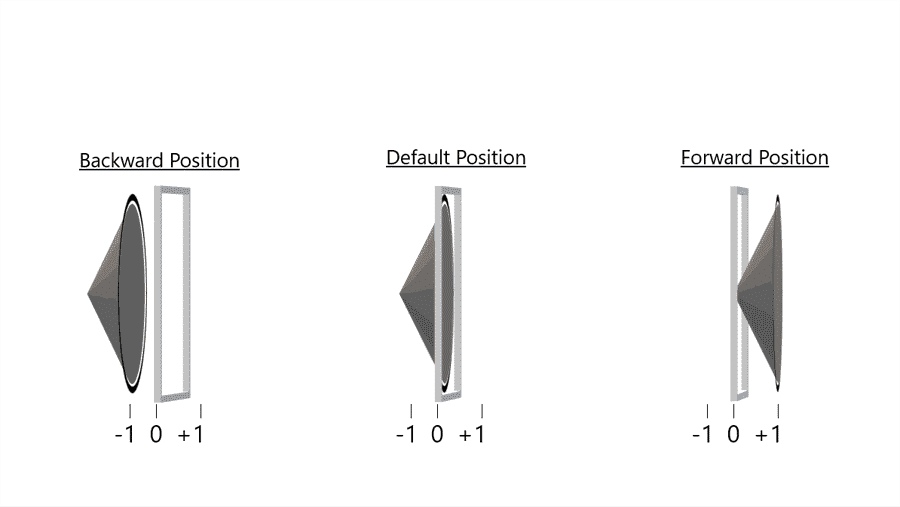What happens if speakers are connected backwards? Can reversing speaker wires damage a speaker? Does speaker polarity matter and how do you test for correct speaker polarity? In this post, you’ll find out.
If you are designing a sound system and want a FREE guide to the most important speaker specifications, download the FREE Loudspeaker Technical Specifications Guide.
While it is recommended to always wire speakers correctly, the effects of incorrect wiring vary depending on the situation. In some situations, a miswiring will barely be noticed, and in other situations it might cause severe problems.
What is Speaker Polarity?
Speaker polarity is determined when connecting the wires between the amplifier and the speaker. When the positive amplifier terminal is connected to the positive speaker terminal and the negative amplifier terminal is connected to the negative speaker terminal, the speaker will be in correct polarity. When these connections are swapped, the speaker will be in reverse polarity.
Polarity of an Audio Wave
A sound wave is a series of positive and negative pressure changes. Look at this sound wave on a graph. The center line represents normal air pressure in the room. As the line goes above the center line, there is a positive change in air pressure. As the line goes below the center line, there is a negative change in air pressure.

If the polarity of this wave is reversed, the positive periods will become negative and the negative periods will become positive. This is what the same wave would look like with polarity inverted:

Imagine the sound wave created by a drum. When the drum is struck by a drumstick, the upper membrane, or drumhead, begins to move down and up, creating negative and positive changes in air pressure around it.
Which direction does the drum head move first? The stick strikes the drum head from the top and forces it downward. This downward motion of the drum head creates a negative change in pressure.
If you place a microphone above the drum, the first part of the wave will be negative.
If you were to reverse the polarity of the wires in the microphone, the first part of the wave would be positive.
Constructive & Destructive Interference
If two identical signals with the same polarity are mixed together, the signals sum. The positive phase of both waves are aligned and the negative phase of both waves are aligned. The result is a signal that is twice the amplitude of each individual signal. This is called constructive interference.
Anytime two identical signals are mixed together with inverse polarity, the signals cancel out. In this case, one wave is positive while the other is negative, and vice versa. The result is silence. This is called destructive interference.
There is a big difference between polarity and phase! I wrote this article about it that will help you to see why it’s really important to understand the difference.


How a Speaker Works
A speaker and a microphone operate on the same basic principles. In a microphone, electricity is created when sound causes the diaphragm to move. In a speaker, movement is created when electricity passes through the wires.
You can learn more by reading this article I wrote about how microphones work. Go to the ‘Dynamic Microphones’ section of that article to see a more detailed description of this concept.
When no electricity is being sent through the speaker wires, the speaker rests in its default position. When an alternating electrical current, such as an audio signal, is sent to the speaker, it starts to push outward and pull inward. You can see this in the following image.

As a speaker vibrates forward and backward, it displaces the air particles in the atmosphere, forming negative and positive changes in pressure. This causes a chain reaction through the air from the speaker to our ears.
If this concept doesn’t make sense, you’ll want to check out this article that explains how sound travels through space. Understanding how sound waves can interact will help you understand why speaker polarity is so important!
What Happens When a Speaker’s Polarity is Inverted?
When the wires from the amplifier to the speaker are crossed, the speaker polarity will be inverted. This means that the speaker will move inward when it is supposed to move outward, and outward when it is supposed to move inward.
The sound wave created by the speakers will be the exact opposite of the signal recorded by the microphone. How will this change the sound?
Can Speaker Polarity Affect Sound Quality?
While it is recommended to always wire speakers correctly, the effects of incorrect wiring vary depending on the situation. In some situations, a miswiring will barely be noticed, and in other situations it might cause severe problems.
Reversed Polarity with One Speaker
If only one speaker is being used, the effects of reversed polarity will not be noticeable.
Listen and compare these two audio clips. The first one is in the correct polarity, while the second is in reversed polarity.
You will not notice the difference between these clips, because the frequencies contained in them are identical. Although the positive and negative pressure changes have been inverted, it’s not possible to hear the difference.
Sound waves are alternating pressure fluctuations and audio signals in a wire are alternating electrical currents. This means that virtually every positive change will be met with a nearly equal but opposite negative change. For this reason, there is almost no audible difference between an audio signal in polarity and out of polarity.
Reversed Polarity with Multiple Speakers
Reversing polarity with multiple speakers can cause more noticeable effects. If both speakers are wired the same, whether in the correct polarity or reversed polarity, there will be virtually no effect. However, what if one speaker is wired in the correct polarity and the other is reversed? This will cause a significant effect.
To hear this, it’s best to you use two speakers in stereo or to use headphones. In the video at the top of this page, there are audio demonstrations of this scenario.
If you are using an array of speakers, inverted polarity in one of them will cause significant changes in how the array behaves. Line arrays of full-range speakers, such as those used in live sound reinforcement should all be wired the same way.
Even the speakers in subwoofer arrays, which sometimes contain speakers with inverted polarity to achieve better directionality, are usually wired with correct polarity. Any changes in polarity are almost always made in an audio console or amplifier DSP, rather than in the wiring of speaker terminals. If your audio mixer or amplifier DSP does not allow for polarity inversion, you can use a polarity reversal adapter.
Can Incorrect Speaker Polarity Damage Speakers?
Inverted polarity can cause a variety of changes to sound quality, but is it also dangerous for your amplifier and speakers? The answer is no, thankfully.
The voltages being applied to a speaker with inverted polarity are no different from those supplied to a speaker with correct polarity. Your equipment will not be damaged. The worst thing that will happen is that it will not work well acoustically with properly wired speakers. For this reason, it’s best to stick to the standard, and ensure correct wiring.
How to Test Speaker Wire Polarity
Even though the effects of inverted polarity are not noticeable so long as all speakers are wired the same way, it is a best practice to wire each speaker correctly when connecting to an amplifier.
With Speaker Wire Labels
If you have labels on your wire, such as plus and minus symbols or red and black colors, it is very easy. Connect the red (or +) terminal on the amplifier to the red (or +) terminal on the speaker. Connect the black (or -) terminal on the amplifier to the black (or -) terminal on the speaker.
Without Speaker Wire Labels
Perhaps you have already run cable through walls or conduit only to notice that the wires are not labeled. Or maybe you are installing car speakers and want to verify you’re wiring the speakers correctly from the harness.
Here are two methods that I recommend for testing speaker polarity.
Test Speaker Polarity with a Speaker Tester
There are tools made specifically for situations like these.
This speaker tester is relatively inexpensive and will not only allow you to test speaker polarity, but it also has a signal generator.
It is a small investment that you will use all the time.It’s nice to have a tool that allows you to quickly test speakers without an amplifier. Watch this video to see it in action.
For a more powerful investment, check out this speaker tester. This one is more suited for pro audio with XLR and 1/4-inch connectors. It can test polarity and continuity of speakers, speaker cable, microphones, and anything else.
Test Speaker Polarity with a Smartphone
If your system is already wired and you are able to pass an audio signal from input to output, you can test speaker polarity using a smartphone app.
I recommend the Studio Six Speaker Pop App. It works by connecting the audio output of your smartphone to the input of your system. Then place the microphone of your smartphone in front of the speaker you want to test. The app will send a positive impulse out to the system and measure the polarity of the sound coming out of the speakers.
Test Speaker Polarity with a 9V Battery
If you’re looking for a quick, free way to test speaker polarity, you can do it using the following method:
For this technique, you will need a 9V battery. DO NOT touch the terminals of the battery to the speaker for an extended period of time!
- Place one speaker wire to the positive (+) terminal of the battery.
- Place the other speaker wire to the negative (-) terminal of the battery.
- Notice which way the speaker moves as you make this connection.
- If the speaker moves outward, then the speaker wire connected to the positive (+) terminal of the battery is the positive (+) wire.
- If the speaker moves inward, then the speaker wire connected to the negative (-) terminal of the battery is the positive (+) wire.
This video clip shows what you are looking for when you apply the battery to the speaker wires:
